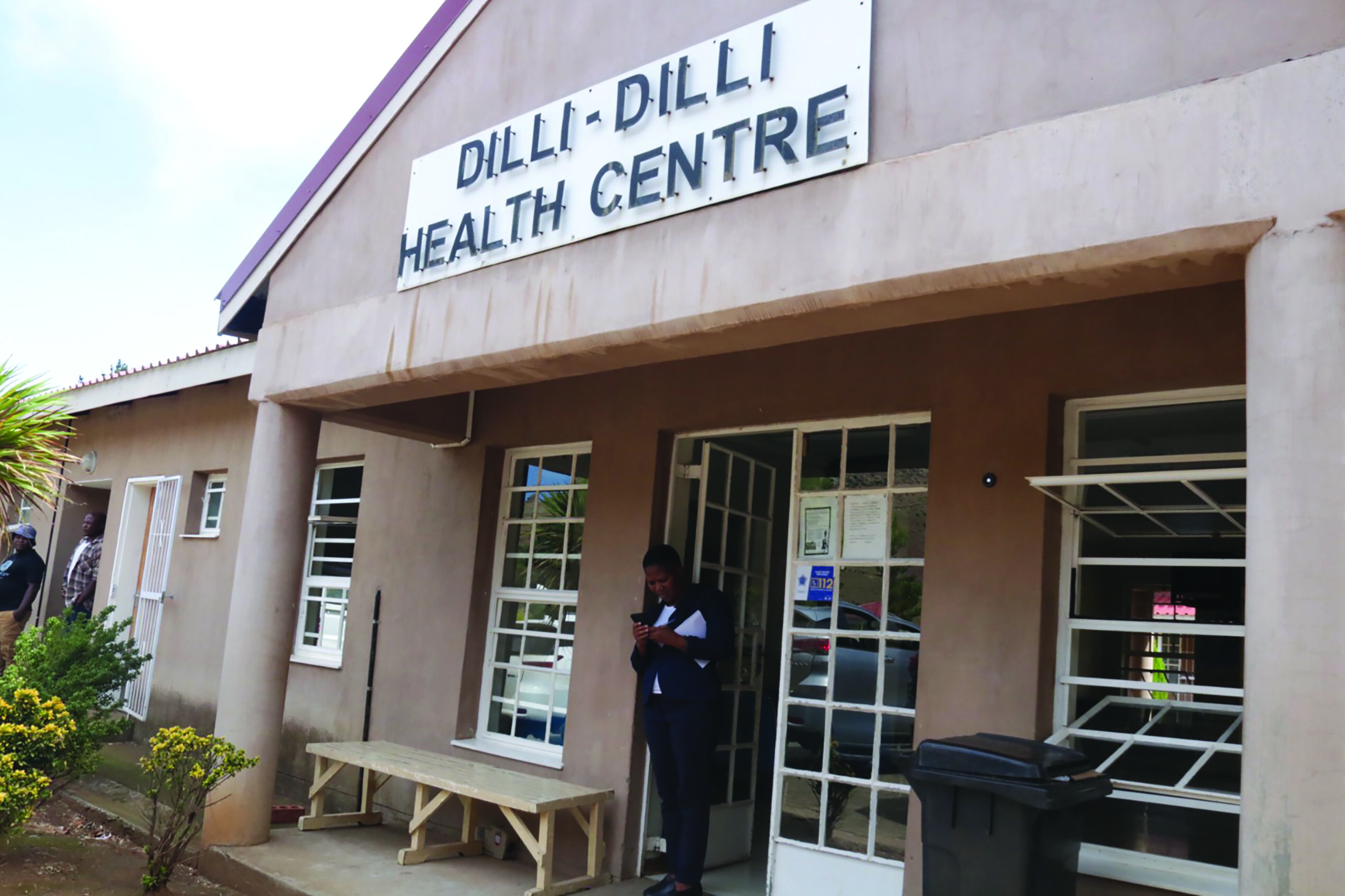Ntsoaki Motaung
In the quiet outskirts of Quthing lies Dilli-Dilli Health Centre, a beacon of hope for many expecting mothers in the area.
Yet, behind its serene facade, nurses here face a nightly challenge that tests their resolve: delivering babies in the dim glow of cell phone flashlights.
Midwife Nurse Relebohile Sebusi shared the center’s plight, recounting nights when the clinic’s reliance on electricity from South Africa leaves them in darkness during load shedding.
“The biggest challenge that we have is that we use electricity from South Africa, and in times of load shedding, we are also affected,” Sebusi explained.
During such moments, when a pregnant woman arrives ready to give birth, nurses like Sebusi have to rely on the feeble light of their cell phones to guide them through the delivery process.
“Personally, I have not met the challenge of load shedding when I have to help a woman deliver, but my colleagues have the experience,” she said.
Sebusi described how her colleagues struggled to position their phones for adequate illumination, sometimes enlisting the help of accompanying individuals to hold the light steady.
“Having to ask someone who is not a medical practitioner to hold the light is challenging because they are afraid to look at what is happening so that they could point the light where needed,” she said.
However, the absence of electricity poses more significant risks than just insufficient lighting.
“The unavailability of electricity during load shedding also means that we will not be able to use oxygen concentrators if need be because concentrators work only when plugged into electricity,” Sebusi lamented.
“In rare instances, we have had to perform emergency procedures such as resuscitation of the mother or the child. Typically, when we anticipate complications, we prefer to refer patients to more equipped facilities,” she explained.
The center’s challenges do not end with electricity; Sebusi, another staff member, highlighted the chronic issue of water scarcity.
“It is about three months without running water, and it is not only this period, but most of the time, we experience a shortage of water,” she revealed.
Despite having a water system and storage tank, the clinic faces the dilemma of water not flowing through the internal pipes.
Sebusi detailed their makeshift solutions, like fetching water from an outdoor tap to sustain essential services like labour and delivery.
“In labour ward, running water is needed because there are cases where one is serving a shift alone and there is no one to assist with carrying buckets or pouring water when needed,” she explained.
UNICEF and the World Bank’s Health, Nutrition, and Population (HNP) team undertook a comprehensive Public Expenditure Review (PER) of Lesotho’s health sector spanning from fiscal years 2011/12 to 2015/16.
Despite substantial investments in the sector, the survey findings revealed persistently poor health outcomes within the country.
The Public Health Sector Expenditure Review report, published in November 2017, unveiled alarming figures: an infant mortality rate (IMR) of 59/1000 live births and a maternal mortality rate of 1,020/100,000.
While Lesotho demonstrated commendable levels of financial protection compared to other Sub-Saharan African nations, with health expenditure totaling 10.5 percent of Gross Domestic Product (GDP), it faced challenges.
The report highlighted an imbalance in resource and staff allocation, disproportionately favouring Maseru over underserved districts.
To address these disparities and ensure equitable access to healthcare, the report recommended the redistribution of medical personnel to underserved areas.
Additionally, it underscored the existence of multiple barriers hindering health facility attendance, indicating a need for comprehensive reform in Lesotho’s healthcare system.




